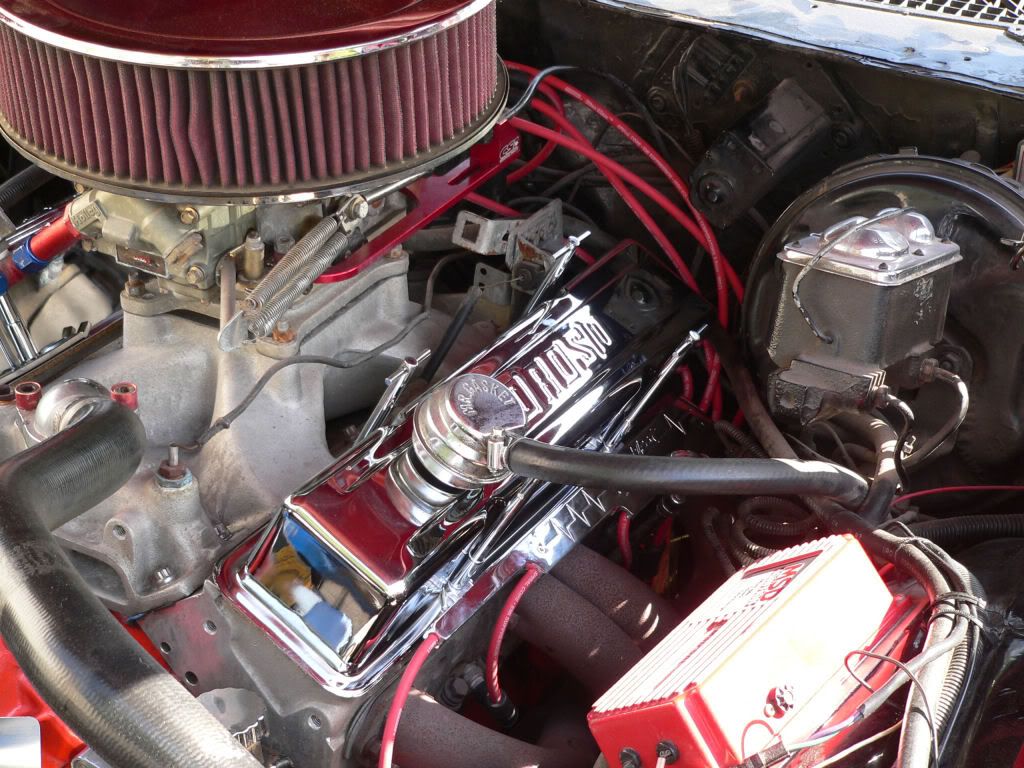Hey Guys & Gals,
i may have asked this before but as a knucklehead... i forgot
does it really matter what PCV valve i run providing i have it located properly and pulling air in the proper direction ???
i want to use an inline unit... think i'll be OK ???
i may have asked this before but as a knucklehead... i forgot
does it really matter what PCV valve i run providing i have it located properly and pulling air in the proper direction ???
i want to use an inline unit... think i'll be OK ???







